High Resolution Ecosystem Map of the Contiguous United States and Adjacent Areas
NatureServe has developed an updated 30-meter hexagon map of regional ecosystems in the contiguous United States and adjacent areas.

GIS Software
Shapefile Viewers
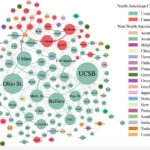
GIS Career and Jobs
Where are GIS Professors Hired From?
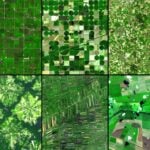
Agricultural Geography
Types of Agricultural Patterns Visible from Space
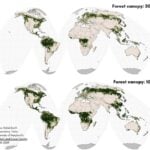
Biogeography
Defining How Much of the World is Covered by Forests

Glaciology
Glacial Flour Makes Some Lakes Turquoise

Geography Basics
Geography Printables
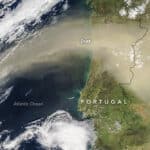
Geography Basics
Deep Space Mapping of Saharan Dust Height
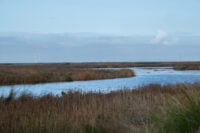
Water on Earth
Earth holds trillions of tons of water, mostly in oceans. Only 2.5% is freshwater, primarily found in glaciers, groundwater, lakes, and rivers.
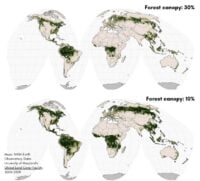
Defining How Much of the World is Covered by Forests
With no universal definition, mapping and comparing forest coverage around the world is challenging.

Glacial Flour Makes Some Lakes Turquoise
Glacial flour, the fine dust created as glaciers move over land, turns lakes a turquoise color by reflecting blue and green light.

Hydroclimate Whiplash: the Impact on California Wildfires
Hydroclimate whiplash – the rapid swing between drought and heavy precipitation – plays a role in the increasing intensity of California wildfires.

Understanding Glacier Grounding Lines
Grounding lines are the boundaries where glaciers and ice sheets transition from resting on solid ground to floating on seawater.
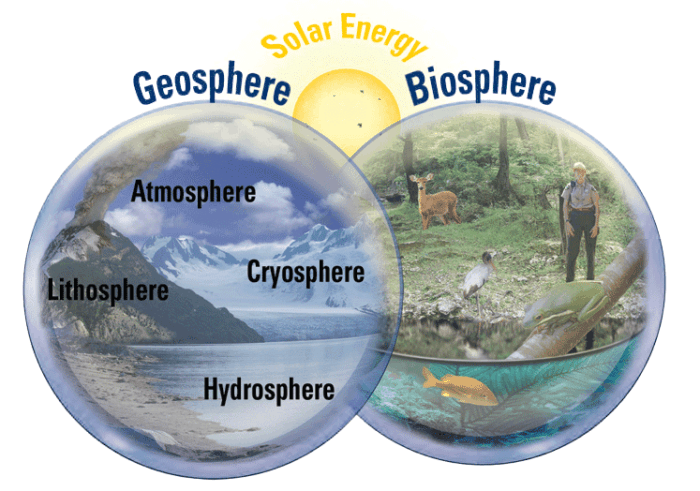
What are the Earth System’s Four Spheres?
The systems of the earth can be divided into two main areas: geosphere and biosphere.

The Recreational Value of Nature and Wildlife
Measuring the economic benefits of wildlife and outdoor areas supports conservation with tools like the NPS Visitor Spending Effects.




